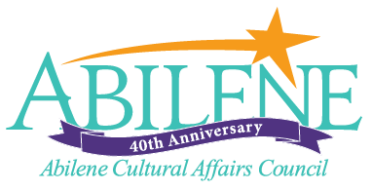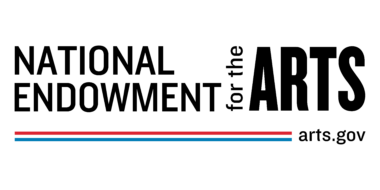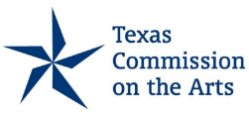Ruscha & Roth: The 1960s Artist Book Revolution
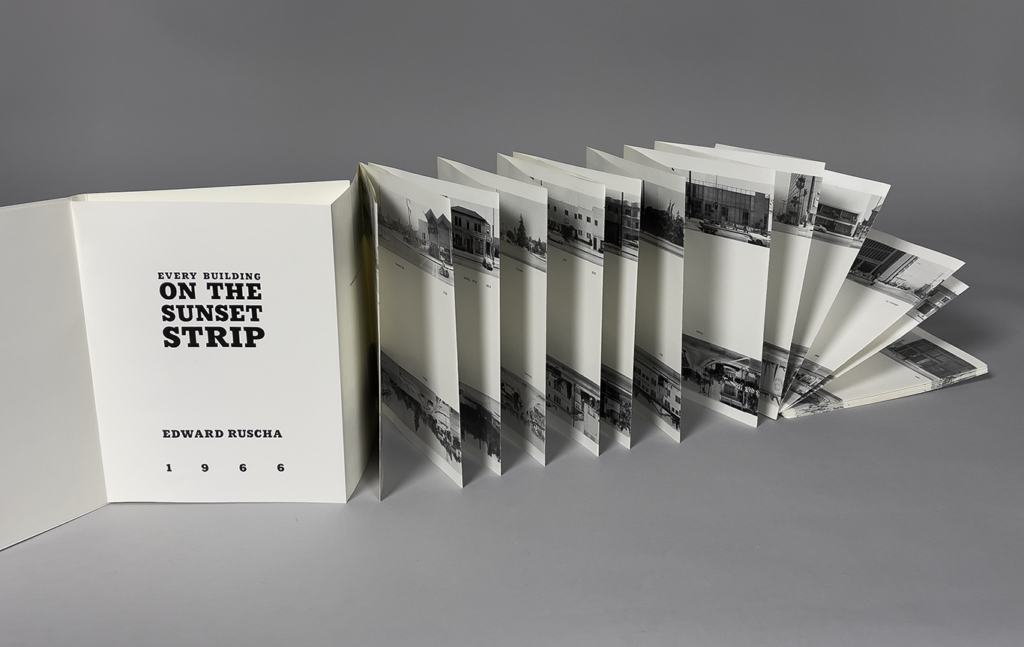
In the 1960s, as a new generation of artists challenged long standing definitions of fine art, elegant, traditional, deluxe livres d’artistes were considered no longer relevant. Two very different artists working independently, Dieter Roth in Europe and Ed Ruscha in Los Angeles, created radically innovative forms of self-produced artist books. Focusing on commonplace material and inexpensive production, Roth focused on the immediacy of the studio and Ruscha took artist books to the street transforming the character of artist book into something very accessible and relatable. Roth’s creative spontaneity and Ruscha’s banal framing of contemporary culture inspired a new era of artist books. Unabashedly avant-garde artist books by Ruscha and Roth on view in this exhibition initiated the artist book revolution that continues today.
Edward Ruscha (b. 1937)
Ed Ruscha’s artistic training was rooted in commercial art. His interest in words and typography ultimately provided the primary subject of his paintings, prints, photographs, and revolutionary artist books. Since 1964, Ruscha has been experimenting with printing, painting, and drawing words and phrases from popular culture. In 1970, using atypical media and word play, Ruscha created a portfolio of seven mixed-media lithographs with the rhyming words, News, Mews, Pews, Brews, Stews, Dues, News, which are included in this exhibition. In the 1960s Ruscha reformed the artist book genre by creating a series of mass-produced photographic books featuring banal roadside scenes encountered on a typical drive through the American West, such as Twentysix Gasoline Stations (1962), Some Los Angeles Apartments (1966), and Nine Swimming Pools (1968). Ruscha openly rejected the notion of art as a precious commodity by opening the artist book genre to mass-production and distribution and by expressing his ideas simply through photographs and text. The exhibition features several iconic works of art by Ruscha including artist books Every Building on Sunset Strip, Crackers, Hard Light, A Few Palm Trees, Nine Swimming Pools, 26 Gas Stations, Various Small Fires, Real Estate Options, 50 LA Apartments, Royal Road Trip, and 34 Parking Lots from the permanent collection.
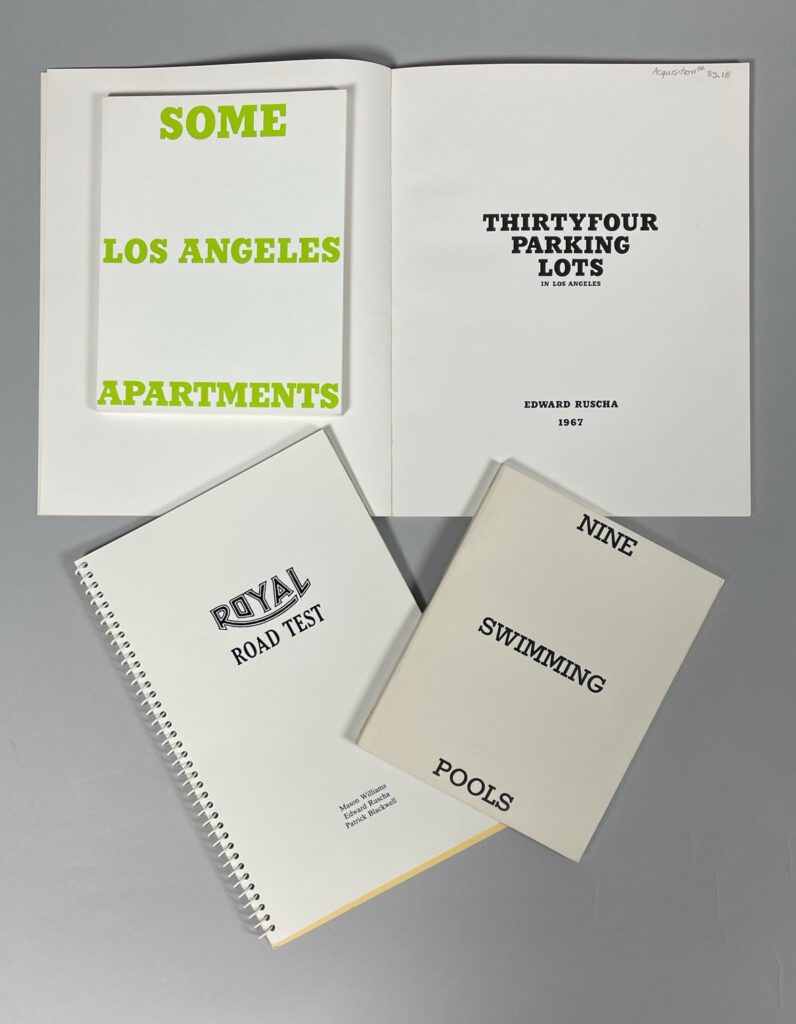
Dieter Roth (1930-1998)
German born Swiss artist Dieter Roth is also credited with revolutionizing artist books by reinventing the format, function, and physicality of artist books. This exhibition includes many drawings, prints, and artist books by Roth in The Grace Museum’s permanent art collection. Several books on view by Roth are made by hand in very small editions. Roth was best known for his editioned prints, sculptures, works made of found materials, as well as artist books. Art historians considered Roth to be one of the most influential and innovative European artists of the post-war period. He was a prolific artist working in a wide range of media from graphics, kinetic sculptures, and artist books composed as meditations on time, decay, and metamorphosis. The early works in this exhibition reveal Roth’s persistent challenging of convention in art and language and includes more than 20 works of art featuring Roth’s revolutionary techniques of incorporating images and language into a revolutionary art form.
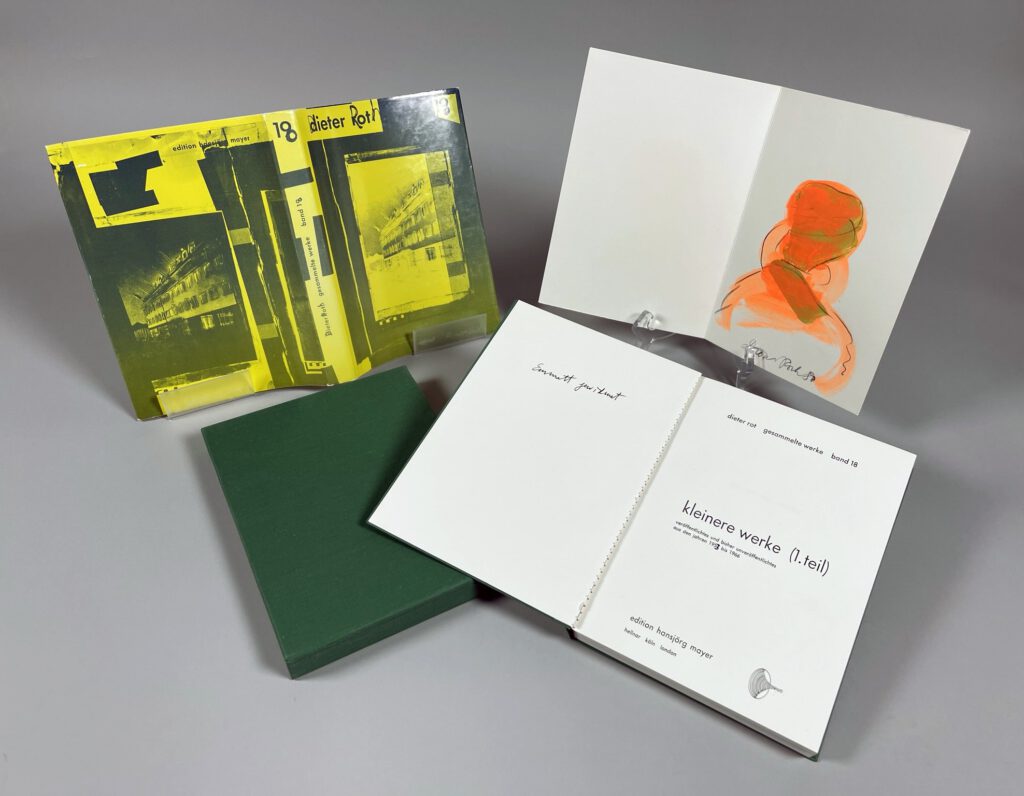
Jack Boynton (1928-2010)
Jack Boynton was a Texas contemporary American painter and printmaker who experienced fame early in his career as a surrealist painter. He received a BFA and an MFA from Texas Christian University. In the 1950s he won a Purchase Prize in the annual Texas exhibit at the Museum of Fine Arts in Houston and had a solo exhibit at the Ft. Worth Art Museum. He was one of seventeen artists to represent the United States in the Brussels World Fair in 1957. He was also an art professor at the University of Houston, the San Francisco Art Institute (1960–1962), and the University of St. Thomas. In the 1960s, living and teaching art in San Francisco where the artist book revolution was in full swing is evident in this series of prints included in James Boynton: Retro/Spectrum on view at the Abilene Fine Arts Museum during Abilene’s Centennial celebrations in 1981. Ambiguous Answers is a set of four lithographic prints created from aluminum plates. Each print bears the wet stamp of Little Egypt Enterprise and the stamp of Master Printer David E. Folkman. Each artwork featured incorporates words and images of the earth (an eroded riverbed, a seashore, a river) in the composition. Boynton generously gifted a series of prints from the exhibition to the museum. Boynton’s work is owned by several prestigious museums including the Museum of Modern Art, the Whitney Museum, the Guggenheim Museum, the Museum of Fine Arts in Houston, the Dallas Museum of Art, the Amon Carter Museum, and the Museum of New Orleans.
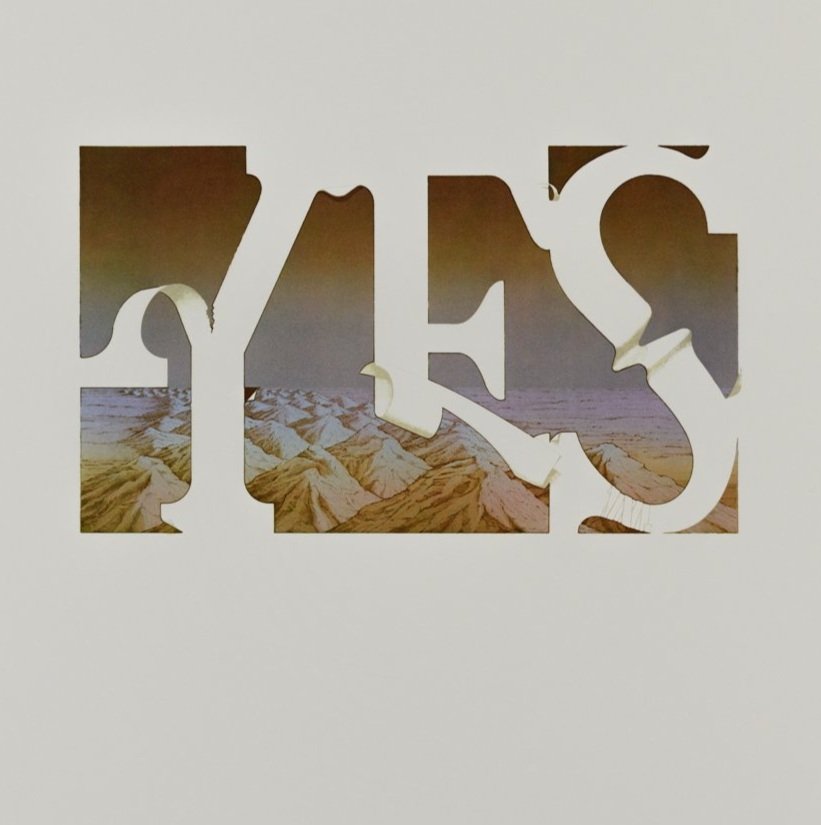
Exhibitions Sponsors
